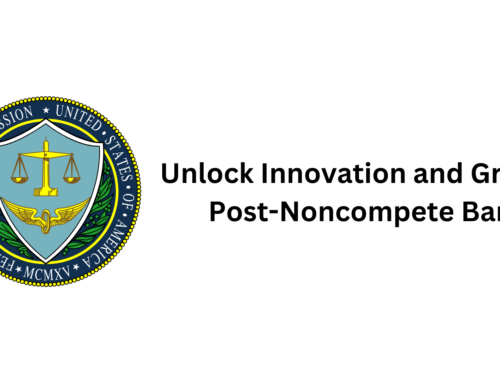Color, an often underappreciated hero in the marketing world, wields a powerful influence over consumer behavior. The right palette can capture attention, convey messages, and even drive purchasing decisions. In this blog, we delve into the psychology of color in marketing, unraveling how different hues can impact consumer perception and actions.
The Power of Color in Brand Identity
Color is a silent yet persuasive communicator. It can shape brand identity and influence how customers perceive a brand. For instance, blue often conveys trust and reliability, making it a favorite for financial institutions. Understanding what different colors symbolize can help in creating a brand image that resonates with your target audience.
Evoking the Right Emotions
Colors evoke emotions. Red can trigger excitement and urgency, often used in clearance sales and impulse buys. Green, symbolizing nature and tranquility, is perfect for eco-friendly and organic products. Choosing colors that align with the emotional response you want to evoke is key in effective marketing.
Color Preferences Among Target Audiences
Color preferences can vary among different demographics. Research has shown variations based on gender, age, and cultural background. For instance, younger audiences might be drawn to vibrant, bold colors, while an older demographic may prefer more subdued tones. Tailoring your color choices to your target audience can enhance the effectiveness of your marketing efforts.
The Role of Color in Purchasing Decisions
Color can significantly impact purchasing decisions. It can draw attention, create a sense of quality, and even influence product and brand recall. A study revealed that up to 90% of snap judgments about products can be based on color alone. Selecting the right color scheme for your products and marketing materials can be a game-changer.
Enhancing Website and Ad Conversions
The colors used in websites and ads can affect conversion rates. For online marketing, contrasting colors can enhance readability and highlight calls to action. Bright colors like orange or green are often used for buttons to encourage clicks. Experimenting with different colors can help identify what works best for your audience.
Color Consistency Across Platforms
Consistency in color usage across all marketing platforms strengthens brand recognition. Ensure that the colors on your website, social media, packaging, and advertisements are harmonious. This consistency helps in building a cohesive and memorable brand image.
Overcoming Color Saturation
In a world saturated with advertisements, standing out is crucial. Avoid overusing popular colors in your industry. Instead, choose unique color combinations that make your brand distinct yet relatable to your audience.
Testing and Adapting
Color preferences can change over time, and what works for one campaign may not work for another. Regular testing and adaptation are essential. Use A/B testing for ads, websites, and other marketing materials to determine which colors resonate best with your audience.
Conclusion
Color psychology is a potent tool in the marketer’s arsenal. The right colors can not only attract attention but also influence mood and behavior, driving consumer engagement and sales. Understanding and strategically applying color psychology can elevate your marketing strategies, making your brand not just seen but felt.
Color Your Brand’s Success with inMMGroup
At inMMGroup, we understand the nuances of color psychology in marketing. Our team of experts is ready to help you harness the power of colors to create compelling brand strategies that resonate with your audience.
Bring color to your marketing strategy with inMMGroup. Contact us to get started!




